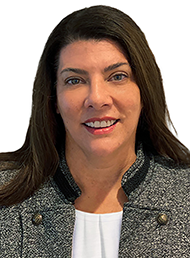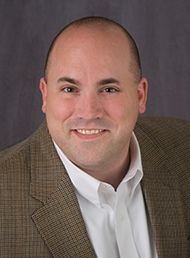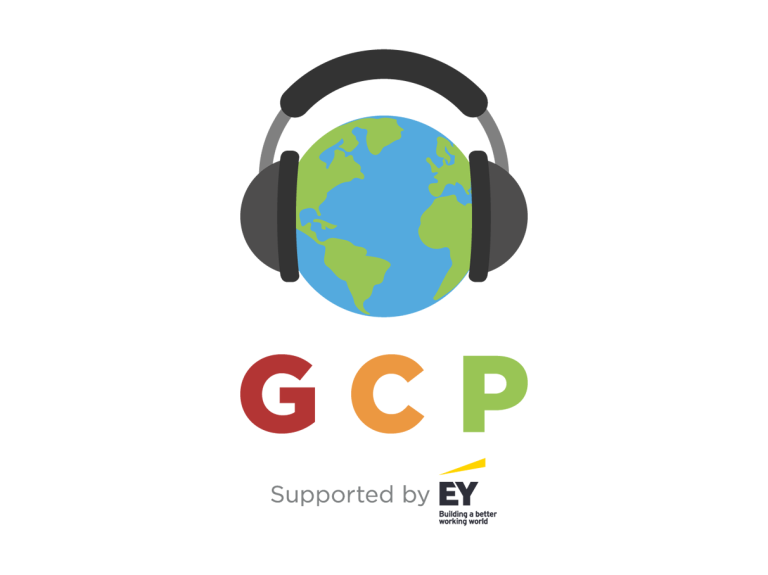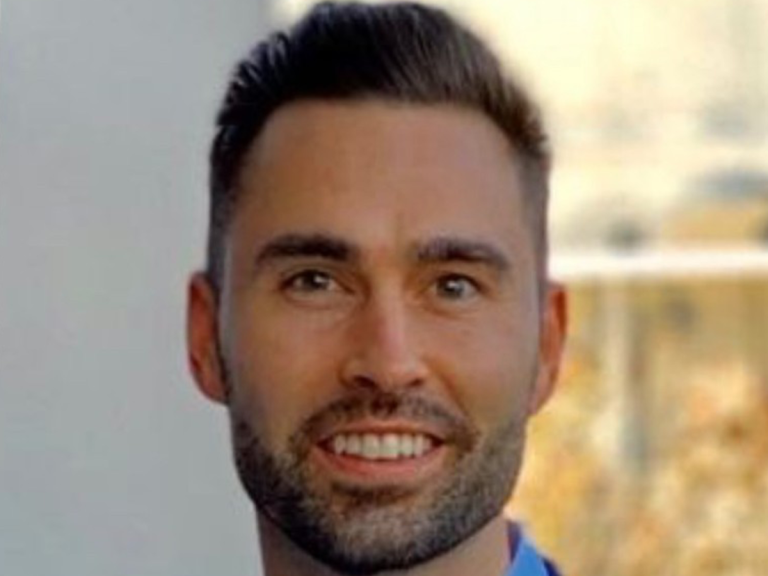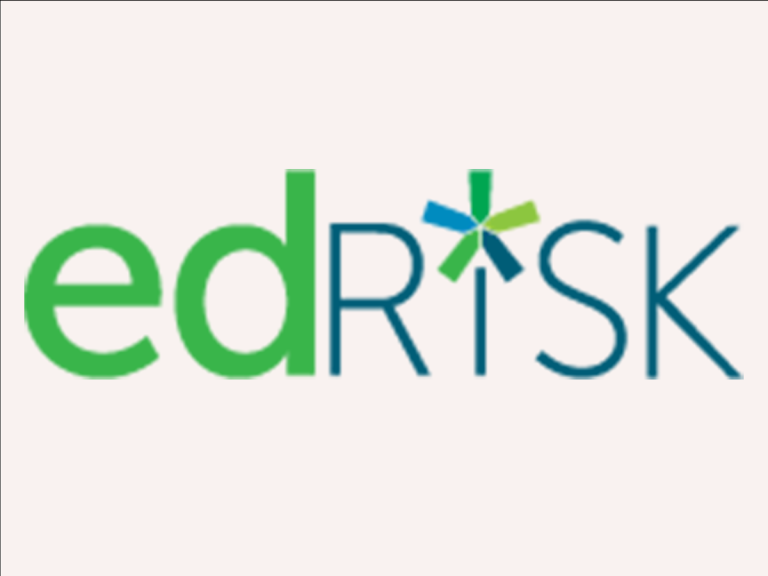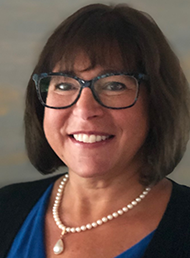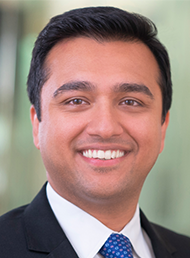Hub International has seen a significant increase in captive utilisation over the past four years, according to John Yaple, head of captive insurance at the company.
Hub Specialty Captive Group is a full-service captive provider, offering both captive management, as well as captive advisory services to its clients.
The Group offers clients a wide range of onshore and offshore domicile options to consider.
“However, given the increase in captive expertise in the US, along with the increase in competition in the US, I would say we are seeing more and more interest with captives being domiciled onshore,” Yaple told Captive Intelligence.
Yaple said having in-house accounting, financial and underwriting expertise has allowed the company to better align its captive strategy with its overall business objectives.
“We promote ourselves as a one stop shop for things such as accounting and financial reporting, fronting placement and reinsurance to provide a full captive service,” he said.
Yaple added that the increase in captive interest he has witnessed has predominantly been from the middle market and upper middle market space.
“Originally, a lot of it was a result of the challenging insurance market, as well as a result of the pandemic,” he said.
“However, we’ve continued to really see a shift in how business owners and risk managers are managing their risks and looking for creative solutions to help finance their risk.”
Yaple said there has been a particular increase in single parent captives, driven by business owners wanting to have complete control over decision making around programme structures and risk retention levels.
“As well as control over what types of coverages they can include in their captives,” he said.
Yaple said Hub International’s captive practice has had more conversations around property over the last two to three years than any other line of coverage.
“D&O has corrected itself in the marketplace, so while that was a hot topic in 2022, it slowed down in 2023 and going into 2024,” he added.
In contrast, Yaple said cyber interest continues to increase in addition to medical stop loss.
“Medical stop loss is an area that originally wasn’t always sought after in the captive market, but prices continue to increase, and more companies are moving to a self-insured or partly self-insured structure,” he said.
“It fits well to integrate a medical programme with a property and casualty programme to offer a holistic solution.”
He also said the company has seen an uptick in captives being utilised for third party risks for employees, customers and suppliers.
“That’s an area where we’re having many conversations as well,” he said.
